Home>diy>Architecture & Design>How To Design A Modern House
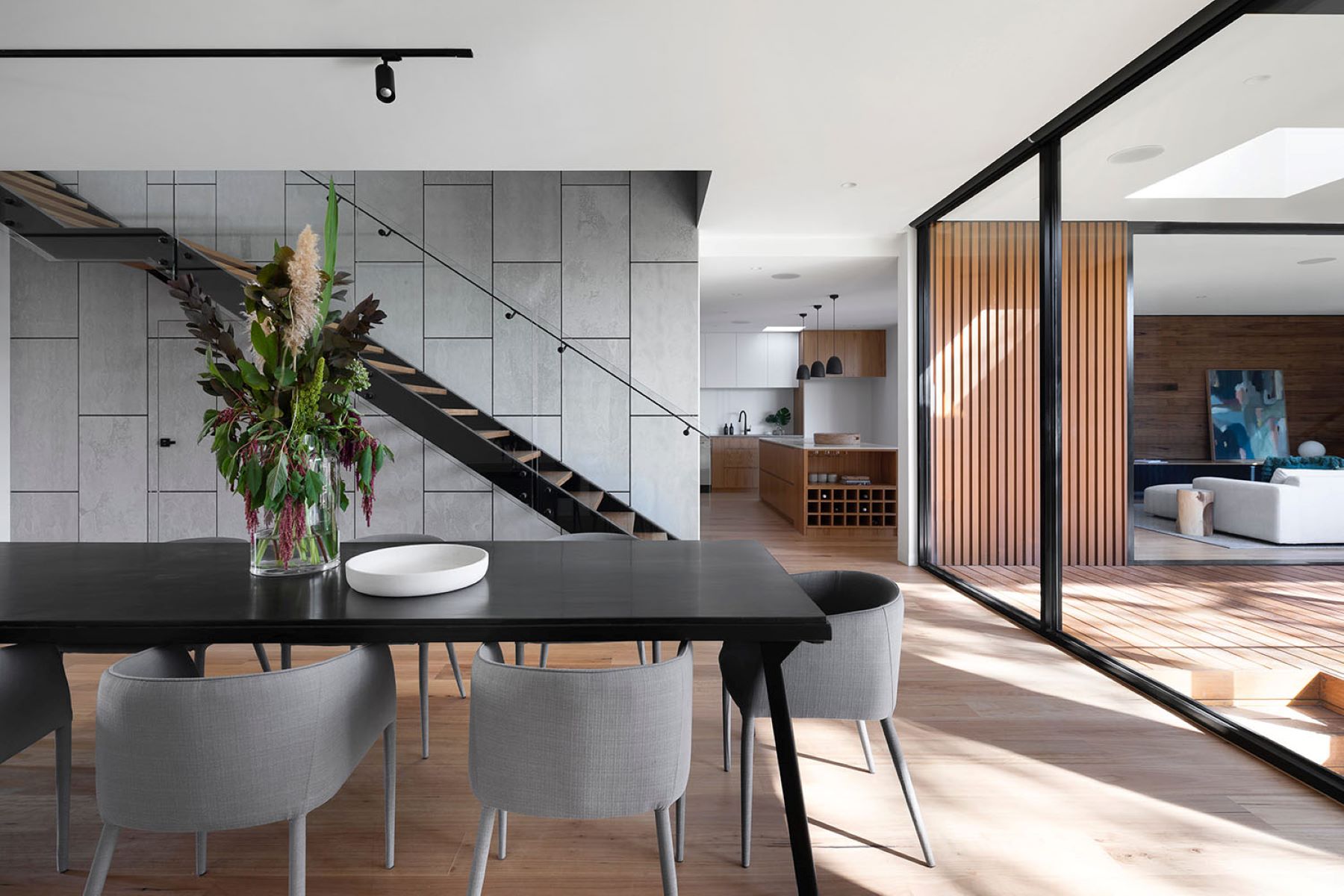

Architecture & Design
How To Design A Modern House
Modified: February 28, 2024
Learn the step-by-step process of architecture design to create a modern house that blends functionality, aesthetics, and innovation.
(Many of the links in this article redirect to a specific reviewed product. Your purchase of these products through affiliate links helps to generate commission for Storables.com, at no extra cost. Learn more)
Introduction
Welcome to our comprehensive guide on designing a modern house. In this article, we will explore the key elements, materials, and features that make up a modern house design. From maximizing natural light to incorporating sustainable features and creating open and functional spaces, we will cover it all. Whether you’re a homeowner looking to remodel your existing house or an architect seeking inspiration for your next project, we have you covered.
Modern house design is characterized by its clean lines, open spaces, and minimalist approach. It embraces simplicity and functionality while incorporating the latest advancements in technology and sustainable living. With a focus on creating a harmonious connection between the interior and exterior, modern houses often feature large windows, seamless indoor-outdoor transitions, and integrated landscaping.
In this guide, we will delve into the various aspects of modern house design, offering insights and tips to help you create a contemporary and stylish home. From the initial concept stage to the final touches of interior design, we will explore all the facets that contribute to a modern house’s aesthetic and functionality.
As we embark on this journey, keep in mind that designing a modern house goes beyond aesthetics. It involves careful consideration of the site, orientation, environmental impact, and lifestyle needs. While there are certain design principles that define modern house design, it is important to tailor them to your specific requirements and personal taste.
We will start by understanding the essence of modern house design and how it has evolved over the years. From there, we will explore the key elements that define a modern house, including architectural features, materials, and design principles. Then, we will dive into the practical aspects of modern house design, such as maximizing natural light, incorporating sustainable features, creating open and functional spaces, and integrating technology and smart home features.
Lastly, we’ll discuss the balance between privacy and openness in modern house design, as well as the importance of landscaping and outdoor spaces. By the end of this guide, you’ll not only have a clear understanding of what constitutes a modern house design, but also have the inspiration and knowledge to embark on your own modern house project.
So, let’s dive in and explore the world of modern house design!
Key Takeaways:
- Embracing clean lines, open spaces, and sustainable features, modern house design offers a contemporary and stylish living environment that prioritizes functionality and environmental consciousness.
- By seamlessly integrating indoor and outdoor living, creating functional outdoor areas, and incorporating sustainable landscape design principles, modern house design enhances the beauty and enjoyment of the living space while promoting a deeper connection with nature.
Understanding Modern House Design
Before we delve into the specifics of modern house design, it is important to have a clear understanding of the underlying principles and influences that shape this architectural style. Modern house design emerged in the early 20th century as a response to the traditional and ornate architectural styles prevalent at the time.
Modernism, the movement that gave birth to modern house design, aimed to break away from the ornamental and historical elements of the past and instead focus on functionality, simplicity, and the use of new materials and technologies. This movement was influenced by various factors, including industrialization, advances in engineering and construction materials, and a desire for a more democratic and egalitarian design approach.
One of the key characteristics of modern house design is its emphasis on clean lines and geometric shapes. Unlike traditional architecture that often featured intricate details and decorations, modern house design prioritizes simplicity and minimalism. This allows for a sense of openness, clarity, and space within the home.
Another fundamental aspect of modern house design is the integration of indoor and outdoor living spaces. Large windows, sliding or folding glass doors, and open floor plans create a seamless connection between the interior and exterior, blurring the boundaries between the two. This not only enhances the living experience but also maximizes natural light, ventilation, and views.
Modern house design also embraces the use of new materials and construction techniques. Materials such as concrete, glass, steel, and natural wood are often featured prominently to create a contemporary and industrial aesthetic. These materials are not only visually appealing but also durable and low maintenance, aligning with the modern principle of functionality.
Furthermore, sustainability and environmental consciousness are integral aspects of modern house design. Incorporating energy-efficient systems, renewable materials, and passive design strategies allows for reduced energy consumption and a smaller environmental footprint. This focus on sustainability reflects the modern design ethos of embracing technological advancements while being mindful of our impact on the planet.
It’s important to note that modern house design is not a static style, but rather an evolving concept that responds to socio-cultural changes and technological advancements. Modern houses can be found in various forms, ranging from minimalist and monolithic designs to sleek and futuristic structures. The adaptability and flexibility of modern house design allow it to be tailored to individual needs and preferences.
Now that we have a deeper understanding of modern house design, let’s explore the key elements that make up this architectural style. From architectural features to materials and design principles, we will uncover what sets modern houses apart from their traditional counterparts.
The Key Elements of Modern House Design
Modern house design is characterized by several key elements that set it apart from traditional architectural styles. These elements work together to create a sleek, minimalist, and functional aesthetic. Let’s take a closer look at the key elements that define modern house design:
- Clean lines and geometric shapes: Modern houses typically feature clean, straight lines and geometric shapes. This minimalist approach creates a sense of order, simplicity, and visual harmony.
- Open floor plans: Modern house design often incorporates open floor plans, where spaces flow seamlessly into one another. This promotes a sense of spaciousness and allows for flexible use of the living areas.
- Large windows: Natural light is a crucial element in modern house design. Large, floor-to-ceiling windows are commonly used to maximize the amount of light entering the space. They also provide breathtaking views and a smooth transition between indoor and outdoor spaces.
- Integration of indoor and outdoor living: Modern house design strives to create a harmonious connection between the interior and exterior spaces. Patios, decks, and outdoor entertaining areas are seamlessly integrated into the design, blurring the boundaries between indoor and outdoor living.
- Use of modern materials: Modern houses often feature materials such as concrete, glass, steel, and natural wood. These materials not only contribute to the sleek and contemporary aesthetic but also offer durability, low maintenance, and sustainability.
- Minimalist approach: Keeping things simple and decluttered is a fundamental principle of modern house design. Minimalist furniture, clean surfaces, and a lack of excessive ornamentation help create a sense of calm and serenity within the space.
- Emphasis on function: Modern house design prioritizes functionality. Each room and space are carefully designed to serve a specific purpose and maximize efficiency. Thoughtful storage solutions and smart furniture arrangements are common features.
- Incorporation of technology: Modern houses embrace the latest technological advancements to enhance comfort and efficiency. This includes integration of smart home features, such as automated lighting, temperature control, and security systems.
- Sustainable design: Environmental consciousness is an essential aspect of modern house design. Incorporating energy-efficient systems, passive design strategies, and the use of sustainable materials helps to reduce the environmental impact of the house.
- Personalization and flexibility: While there are common characteristics of modern house design, it is important to remember that each house can be customized to meet specific preferences and lifestyle needs. Modern house design allows for flexibility and adaptation to individual tastes.
By incorporating these key elements into the design, a modern house can achieve an elegant and contemporary look while providing functional and comfortable living spaces. The next step in creating a modern house is choosing the right materials that align with the design principles and enhance the overall aesthetic.
Choosing the Right Materials for Modern House Design
When it comes to modern house design, selecting the right materials is crucial. The chosen materials contribute not only to the overall aesthetic but also to the functionality, sustainability, and durability of the house. Here are some key considerations to keep in mind when choosing materials for your modern house:
- Concrete: Concrete is a popular choice for modern house design due to its versatility and durability. It can be used for both structural elements and as a finish material, offering a sleek and industrial aesthetic. Exposed concrete walls, floors, and countertops are commonly seen in modern houses.
- Glass: Large windows and glass walls are signature features of modern house design. They not only allow for ample natural light and stunning views but also create a seamless connection between indoor and outdoor spaces. When selecting glass, consider energy-efficient options to reduce heat gain and loss.
- Steel: Steel is often used for structural elements in modern house design. Its strength and versatility make it ideal for creating open floor plans and large, cantilevered spaces. Steel can also be used as a cladding material, providing a sleek and contemporary look.
- Natural Wood: Incorporating natural wood elements adds warmth and richness to modern house design. Whether it’s in the form of hardwood flooring, exposed ceiling beams, or cabinetry, wood brings a touch of nature indoors and creates a harmonious balance with other materials.
- Stone: Natural stone, such as granite or marble, can be used as a luxurious and elegant material in modern house design. It adds visual interest and texture to both interior and exterior spaces. Stone can be incorporated as flooring, cladding, or in the form of feature walls.
- Plaster and Stucco: Smooth plaster and stucco finishes are commonly used for modern house exteriors. These materials provide a clean and minimalist look and can be painted in various colors to suit the overall design scheme. They are also durable and require minimal maintenance.
- Sustainable Materials: Consider using sustainable materials, such as bamboo or reclaimed wood, for flooring, cabinetry, or furniture. These materials have a lower environmental impact and can contribute to the overall sustainability of the house.
- Energy-Efficient Materials: When selecting materials, opt for energy-efficient options that help to reduce energy consumption. This includes insulated glass for windows, high-performance insulation for walls and roofs, and cool roof materials for reducing heat absorption.
- Low-Maintenance Materials: Modern house design often favors low-maintenance materials that require minimal upkeep. Choose materials that are easy to clean, resistant to wear and tear, and can withstand the test of time.
- Consider the Climate: Take the local climate into account when choosing materials. For example, in hot climates, selecting materials with good thermal insulation properties can help keep the house cool and reduce the need for excessive air conditioning.
Remember, selecting materials for your modern house should not only align with the design vision but also consider factors such as sustainability, energy efficiency, durability, and maintenance. By carefully choosing materials that meet these criteria, you can create a modern house that is both visually stunning and functional.
Now that you have an understanding of the materials used in modern house design, let’s move on to maximizing natural light, a key aspect of creating a bright and inviting living space.
Maximizing Natural Light in Modern House Design
Natural light is a vital element in modern house design. It not only brightens up the space but also creates a sense of openness and connection to the outdoors. Maximizing natural light can enhance the overall ambiance and make the house feel more inviting and spacious. Here are some strategies to consider when designing your modern house to let in as much natural light as possible:
- Optimal Window Placement: Carefully consider the placement and size of windows when designing your modern house. Position windows strategically to capture sunlight throughout the day and take advantage of the views. Large, floor-to-ceiling windows or glass walls are common in modern house design to maximize natural light intake.
- Use of Skylights: Incorporating skylights in your modern house design can bring in additional natural light, particularly in areas that may not have direct access to windows. They can be installed in various rooms, such as bathrooms, hallways, or even living spaces, to allow sunlight to filter in from above, creating a bright and airy atmosphere.
- Open Floor Plans and Interior Glazing: Open floor plans, where spaces flow seamlessly from one area to another, allow natural light to penetrate through the entire living space. Interior glazing, such as glass partitions or pocket doors, can help distribute light throughout the house without sacrificing privacy or creating barriers.
- Light-Reflecting Surfaces: Incorporate materials and surfaces that reflect and amplify natural light. Light-colored walls, floors, and ceilings can help bounce light around the room, making it feel brighter and more spacious. Mirrors and glossy finishes can also be used strategically to enhance the reflection of natural light.
- Minimize Obstructions: Avoid placing tall furniture or objects in front of windows or in areas where they can block natural light. Keep window sills clear and opt for minimal window treatments, such as sheer curtains or blinds, that allow sunlight to filter through while still providing privacy when needed.
- Outdoor Living Spaces: Create outdoor living areas that are easily accessible from the interior and well-integrated with the house design. This allows the indoor and outdoor spaces to flow harmoniously, and the natural light can penetrate deeper into the house through open doors or windows.
- Prune Trees and Landscaping: If you have existing trees or landscaping that obstruct sunlight from entering your house, consider strategic pruning or selection of plants that allow light to filter through. Properly placed trees and vegetation can provide shade and privacy without compromising the natural light.
- Utilize Light-Controlling Systems: Install light-controlling systems, such as sunshades or louvers, that can be adjusted to regulate the amount of sunlight entering the house. This allows for flexibility in managing the light levels and helps prevent harsh glares or overheating in certain areas.
By implementing these strategies, you can design a modern house that is flooded with natural light, creating a vibrant and comfortable living environment. The next aspect we will explore is incorporating sustainable features in modern house design.
Read more: How To Design A Modern Rental House
Incorporating Sustainable Features in Modern House Design
Sustainability is a crucial consideration in modern house design. As we become more aware of our environmental impact, integrating sustainable features into our homes has become a priority. Creating a sustainable modern house not only reduces our carbon footprint but also promotes healthier living and long-term cost savings. Here are some sustainable features to consider when designing your modern house:
- Energy-Efficient Insulation: Proper insulation is essential for maintaining a comfortable indoor temperature and reducing energy consumption. Investing in high-quality insulation materials for walls, roofs, and floors helps to minimize heat loss in winter and heat gain in summer.
- Energy-Efficient Windows: Windows play a significant role in energy efficiency. Choose double-glazed or low-emissivity (low-e) windows with good insulation properties. These windows can reduce heat transfer and block harmful UV rays, resulting in energy savings and improved comfort.
- Solar Panels: Harnessing solar energy is a popular sustainable choice. Consider installing solar panels on the roof to generate clean and renewable electricity. Solar panels can help offset energy consumption and significantly reduce reliance on fossil fuels.
- Passive Solar Design: Implement passive solar design principles, which involve maximizing the use of natural sunlight for heating and lighting. This can include orienting the house to capture the sun’s warmth during winter months, using thermal mass to store and release heat, and incorporating shading devices to prevent overheating in summer.
- Water-Efficient Fixtures: Incorporate water-saving fixtures and appliances, such as low-flow toilets, faucets, and showerheads. Additionally, consider implementing rainwater harvesting systems for irrigation purposes or even for non-potable uses within the house.
- Energy-Efficient HVAC Systems: Choose energy-efficient heating, ventilation, and air conditioning (HVAC) systems that are properly sized for the house. Opt for systems with high Seasonal Energy Efficiency Ratio (SEER) ratings and consider zoned heating and cooling to optimize energy use in different areas of the house.
- Use of Sustainable Materials: Selecting sustainable and eco-friendly materials is crucial for a modern, sustainable house. Look for materials that are locally sourced, have low embodied energy, and are made from renewable or recycled resources. Examples include bamboo flooring, reclaimed wood, recycled glass countertops, and low VOC paints.
- Natural Ventilation: Incorporate natural ventilation strategies to reduce reliance on mechanical cooling systems. Design the house to maximize cross ventilation by strategically placing windows and vents to allow for fresh air circulation. This helps maintain indoor air quality and reduce the need for air conditioning.
- Efficient Lighting: Choose energy-efficient lighting options, such as LED or CFL bulbs, to reduce electricity consumption. Implementing smart lighting systems with motion sensors or timers can also help save energy by automatically turning off lights when they are not in use.
- Green Roof or Living Walls: Consider incorporating a green roof or living walls into the design. These features help insulate the house, reduce heat island effect, and improve air quality. They can also provide additional space for gardening or recreational use.
By incorporating these sustainable features into your modern house design, you can contribute to a greener future while creating a comfortable and efficient living space. Sustainability doesn’t only apply to the interior; it’s equally important to consider the design and functionality of the outdoor spaces. Next, we will explore how to create open and functional spaces in modern house design.
When designing a modern house, focus on clean lines, open spaces, and natural light. Incorporate sustainable materials and energy-efficient features for a more eco-friendly design.
Creating Open and Functional Spaces in Modern House Design
The concept of open and functional spaces is integral to modern house design. Modern houses are known for their fluid layouts that promote seamless movement between rooms and a sense of spaciousness. Here are some key strategies to consider when designing open and functional spaces in your modern house:
- Open Floor Plans: Open floor plans are a hallmark of modern house design. This design concept involves removing unnecessary walls and barriers to create a unified and flexible living space. The kitchen, dining area, and living room often flow together, allowing for easier interaction and connectivity.
- Zoning and Defined Areas: While open floor plans are desirable, it’s important to define different functional areas within the space. Using furniture, rugs, or changes in flooring materials can visually segment the areas without adding physical partitions. This ensures that each zone serves a specific purpose while maintaining the overall openness.
- Flexible Furniture Arrangement: Consider using modular or multi-purpose furniture in your modern house design. This allows for versatility in the layout, enabling you to adapt the space to different needs and occasions. Mobile furniture, such as wheeled storage units or nesting tables, can also be easily rearranged to accommodate various activities.
- Consider Sightlines: Sightlines refer to the visual connections between different areas of the house. Carefully consider the placement of windows, openings, and furniture to create unobstructed views and a sense of continuity throughout the space. This enhances the feeling of openness and improves overall functionality.
- Smart Storage Solutions: Efficient storage is essential for maintaining a clutter-free and functional living space. Incorporate built-in storage solutions that blend seamlessly with the design, such as hidden cabinets, wall niches, or floor-to-ceiling shelving units. This helps to minimize visual clutter and maximize usable space.
- Functional Kitchen Design: The kitchen is often the heart of a modern house. Design it to be both aesthetically pleasing and highly functional. Consider a well-organized layout with ample counter space, storage, and efficient work zones. Incorporate modern appliances and smart features that enhance convenience and ease of use.
- Visual Continuity: Maintain a sense of visual continuity throughout the house by using consistent color schemes, materials, and design elements. This creates a harmonious flow between rooms and enhances the overall openness and cohesiveness of the space.
- Seamless Indoor-Outdoor Transitions: Modern house design often embraces a strong connection between indoor and outdoor living. Use large glass doors, sliding walls, or folding systems to create a seamless transition between the interior and exterior spaces. Incorporating outdoor entertaining areas or a patio can extend the living space and enhance the functionality of the house.
- Consider Traffic Flow: Pay attention to the natural flow of movement within the house. Design pathways that facilitate easy navigation between different areas. Minimize unnecessary obstructions and ensure that there is ample space for comfortable movement and interaction.
- Maintain Privacy: Open spaces do not mean sacrificing privacy. Incorporate design elements such as partial partitions, sliding doors, or curtains that can be drawn when needed. Strategic placement of windows and landscaping can also provide privacy from neighboring properties without compromising the open and functional feel of the house.
By implementing these strategies, you can achieve open and functional spaces that are ideal for modern living. Next, we’ll explore the importance of minimalist furniture and décor in modern house design.
Considering Minimalist Furniture and Décor in Modern House Design
Minimalism is a key aesthetic in modern house design. It emphasizes simplicity, clean lines, and a clutter-free environment. Incorporating minimalist furniture and décor helps create a sense of calm, balance, and functionality within the space. Here are some tips for considering minimalist furniture and décor in your modern house design:
- Simplicity in Design: Choose furniture with clean and minimalistic designs. Opt for straight lines, geometric shapes, and smooth surfaces. Avoid excessive ornamentation or intricate detailing, as they can detract from the minimalist aesthetic.
- Quality over Quantity: In minimalist design, the focus is on quality rather than quantity. Invest in well-crafted furniture pieces that will stand the test of time. Quality furniture not only enhances the overall aesthetic but also ensures durability and longevity.
- Neutral Color Palette: Use a neutral color palette for furniture and décor. Shades of white, gray, beige, or muted tones create a calm and peaceful atmosphere. This allows for a cohesive and timeless look that complements the modern design aesthetic.
- Decluttered Spaces: Minimalist design prioritizes a clutter-free environment. Ensure that each piece of furniture serves a purpose and contributes to the overall functionality and aesthetic. Avoid excessiveness or overcrowding in the space, allowing for room to breathe and move freely.
- Multipurpose Furniture: Incorporate furniture that serves multiple functions to maximize space and reduce visual clutter. Examples include sofa beds, storage ottomans, and nesting tables. Functional furniture helps maintain the minimalist aesthetic while providing practicality and flexibility.
- Non-Intrusive Storage Solutions: Utilize hidden or integrated storage solutions to keep belongings out of sight. Built-in cabinets, wall niches, or floating shelves can help minimize visual clutter while providing ample space for storage. Concealing storage options maintains a clean and minimalist look.
- Minimalist Décor: Select décor items that are simple and purposeful. Incorporate a few carefully chosen pieces that complement the overall aesthetic without overpowering the space. Add touches of texture or subtle patterns to create visual interest without overwhelming the minimalist design.
- Natural and Organic Elements: Bring in elements of nature to create a sense of warmth and balance in minimalist spaces. Introduce natural materials such as wood, stone, or plants to add texture and visual richness. These organic elements create a connection to the outdoors and contribute to a serene ambiance.
- Focused Lighting: Pay attention to lighting in minimalist spaces. Utilize a combination of natural light and well-placed artificial lighting to highlight key focal points and create a sense of ambience. Avoid cluttered lighting fixtures and opt for clean, minimalist designs that blend seamlessly with the overall aesthetic.
- Personal Touches: Minimalist design does not mean devoid of personalization. Incorporate a few carefully curated items that hold sentimental value or reflect your personality. Displaying a select few meaningful objects allows them to shine and adds a personalized touch to the minimalist space.
By considering minimalist furniture and décor, you can create a modern house that exudes simplicity, elegance, and functionality. Next, let’s explore how technology and smart home features can be seamlessly integrated into modern house design.
Incorporating Technology and Smart Home Features in Modern House Design
Modern house design goes hand in hand with technological advancements and the integration of smart home features. Embracing technology not only enhances convenience and functionality but also allows for more efficient and sustainable living. Here are some ways to incorporate technology and smart home features into your modern house design:
- Home Automation Systems: Install a centralized home automation system that allows you to control various aspects of your house, such as lighting, temperature, security, and entertainment systems, from a single interface. This simplifies operations and creates a seamless smart home experience.
- Smart Lighting: Use smart lighting systems that can be controlled remotely or scheduled to fit your needs. Dimmable LED lights, motion sensors, and programmable scenes can help save energy by automatically adjusting the lighting levels based on occupancy and time of day.
- Energy Management: Install energy management systems that provide real-time information about your energy consumption. This enables you to monitor and optimize energy usage, leading to cost savings and a reduced environmental impact.
- Smart Thermostats: Opt for smart thermostats that learn your preferences and adjust the temperature accordingly. These devices can be controlled remotely, allowing you to optimize energy usage and create a comfortable living environment efficiently.
- Security Systems: Incorporate smart security systems that include video doorbells, surveillance cameras, and smart locks. These devices provide enhanced security, allowing you to monitor and control access to your house remotely.
- Voice-Activated Assistants: Integrate voice-activated assistants, such as Amazon Alexa or Google Assistant, into your modern house design. These devices allow for hands-free control of various smart home features, such as lighting, heating, entertainment, and even answering queries or playing music.
- Integrated Audio and Entertainment: Design your modern house with integrated audio systems that provide high-quality sound throughout the space. Incorporate speakers and distribution systems that allow for seamless music streaming or home theater experiences.
- Smart Appliances: Consider using smart appliances that offer advanced features and connectivity options. Smart refrigerators, ovens, washers, and dryers can be controlled remotely, provide energy monitoring, and even suggest recipes or customize settings based on your preferences.
- Solar Power Integration: Combine modern house design with renewable energy solutions by incorporating solar panels and battery storage systems. This allows you to generate your own clean energy and reduce reliance on the grid, promoting sustainability and reducing electricity costs.
- Charging Stations and Connectivity: Design your house with designated areas for charging electronic devices, such as smartphones or tablets. Incorporate USB outlets, wireless charging pads, or built-in charging stations to keep devices powered and connected conveniently.
By incorporating technology and smart home features into your modern house design, you can enhance comfort, efficiency, and convenience. Remember to consider your specific needs and lifestyle when selecting and integrating these technologies to ensure they align seamlessly with the overall design and functionality of your modern house.
Next, let’s explore how to strike a balance between privacy and openness in modern house design.
Read more: How To Make A Stucco House Look Modern
Balancing Privacy and Openness in Modern House Design
Modern house design often aims to create a sense of openness, connection, and fluidity between indoor and outdoor spaces. However, it’s equally important to strike a balance between privacy and openness to ensure the comfort and security of the occupants. Here are some strategies to achieve this balance in your modern house design:
- Strategic Placement of Windows: Carefully consider the placement and size of windows to maintain privacy without compromising natural light and views. Position windows higher or utilize frosted or patterned glass to maintain privacy in sensitive areas while still allowing for light penetration.
- Use of Blinds, Shades, or Curtains: Incorporate window coverings that provide privacy when desired. Opt for adjustable blinds, shades, or curtains that can be drawn to restrict the view from the outside, ensuring privacy when needed. Choose materials that complement the overall design aesthetic of your modern house.
- Landscaping and Natural Barriers: Utilize landscaping and natural barriers to enhance privacy. Planting trees, shrubs, or creating outdoor structures can act as visual screens, effectively protecting your space from prying eyes while maintaining a sense of openness and connection.
- Partial Partitions: Introduce partial partitions or room dividers to create defined spaces and provide privacy without sacrificing the open feel of your modern house. These can be sliding doors, screens, or built-in bookshelves, which allow for flexibility in space utilization while offering privacy when desired.
- Outdoor Privacy Solutions: Incorporate design elements in outdoor spaces that offer privacy from neighbors or the street. This could include privacy walls, fences, trellises, pergolas, or outdoor curtains. These features create intimate outdoor living areas while providing a sense of seclusion and privacy.
- Roof Overhangs and Shade Structures: Design your modern house with roof overhangs or shade structures to create shaded areas both indoors and outdoors. These features provide protection from direct sunlight while maintaining privacy and reducing heat gain.
- Strategic Layout Design: Carefully plan the layout of your modern house to separate private and public areas. Bedrooms, bathrooms, and home offices should be positioned away from high-traffic and entertainment areas to ensure privacy and a quiet environment.
- Privacy in Urban Settings: In urban environments, when privacy can be more challenging to achieve, consider methods such as using frosted or one-way glass, implementing soundproofing materials, or incorporating outdoor courtyards or rooftop gardens to create secluded spaces.
- Intelligent Security Systems: Install smart security systems that provide peace of mind while preserving privacy. Video doorbells, motion-activated cameras, and secure access control systems allow you to monitor and control who enters your property without compromising your privacy.
- Consideration of Sightlines: When designing your modern house, consider the sightlines from neighboring properties and public spaces. Position windows, outdoor seating areas, and patios with careful consideration to ensure privacy from prying eyes while maintaining an open and inviting atmosphere.
By integrating these strategies, you can strike a balance between privacy and openness in your modern house design. Remember to tailor the solutions to your specific needs and site conditions while maintaining the overall aesthetics and functionality of your modern house.
Now, let’s move on to the importance of landscaping and outdoor spaces in modern house design.
Landscaping and Outdoor Spaces in Modern House Design
Landscaping and outdoor spaces play a vital role in modern house design. They provide an extension of the living area, enhance the overall aesthetic appeal, and foster a deeper connection with nature. Here are key considerations when incorporating landscaping and outdoor spaces in your modern house design:
- Seamless Indoor-Outdoor Transition: Aim for a seamless transition between indoor and outdoor spaces. Design your modern house in a way that allows easy access to outdoor areas from main living spaces, such as the kitchen or living room. Use large windows, sliding glass doors, or folding systems to create a fluid connection between the interior and exterior.
- Functional Outdoor Living: Create functional outdoor spaces that cater to relaxation, entertainment, and recreation. Consider the size and orientation of your lot to determine the best locations for seating areas, dining spaces, outdoor kitchens, fire pits, swimming pools, or gardens. Design these spaces to reflect your lifestyle and provide optimal comfort and enjoyment.
- Sustainable Landscaping: Implement sustainable landscape design principles to minimize water usage and promote biodiversity. Choose native plants that are well-suited to the local climate and require less irrigation. Incorporate efficient irrigation systems, rainwater harvesting, and permeable surfaces to manage water runoff effectively.
- Privacy and Screening: Create privacy and screening solutions within your outdoor spaces. Consider using hedges, trees, trellises, or fences strategically to create defined boundaries, reduce noise, and provide visual screening from neighboring properties or busy streets. Privacy can coexist harmoniously with modern design aesthetics.
- Architectural Landscaping: Integrate landscaping as a design element that complements the architecture of your modern house. Consider how plants, garden walls, or paths can emphasize the lines, angles, and materials used in the structure. This helps to unify the overall design and create a harmonious composition.
- Low-Maintenance Landscaping: Modern house design often embraces low-maintenance landscapes. Choose plants and materials that require minimal upkeep, such as drought-tolerant plants, gravel or mulch beds, and artificial turf. This allows you to enjoy your outdoor spaces without the need for excessive gardening or maintenance.
- Lighting and Ambience: Incorporate outdoor lighting to enhance the atmosphere and functionality of your outdoor spaces. Use well-placed landscape lighting to highlight architectural features, create focal points, or illuminate paths and seating areas. Consider using energy-efficient LED lights and explore smart lighting controls to optimize energy use.
- Vertical Landscaping: Explore vertical landscaping opportunities to bring greenery into your modern house design. Living walls or vertical gardens can serve as stunning visual features while also providing insulation and improving air quality. They can be incorporated on exterior walls or within atriums and courtyards.
- Outdoor Sustainability Features: Extend your sustainable practices to your outdoor spaces. Incorporate features such as rain gardens, permeable paving, or a vegetable garden to promote water conservation and sustainable food production. These elements contribute to a holistic approach to sustainability and connect you with nature.
- Seasonal Interest: Plan your landscaping to have year-round appeal. Choose plants with varying bloom times and foliage colors to ensure a visually engaging landscape throughout the seasons. Consider using evergreen plants and structural elements to create interest even during winter months.
By incorporating thoughtful landscaping and well-designed outdoor spaces into your modern house, you can create an environment that enhances your quality of life, fosters a connection with nature, and complements the overall design aesthetic. Now let’s conclude our exploration of modern house design.
Conclusion
Designing a modern house involves a careful balance between aesthetics, functionality, sustainability, and the integration of innovative technologies. By understanding the key elements of modern house design, such as clean lines, open spaces, and the use of modern materials, you can create a contemporary and stylish home that is both visually striking and practical.
Incorporating sustainable features into your modern house design helps reduce your environmental impact while promoting a healthier and more energy-efficient living environment. From energy-efficient insulation and smart home automation to solar power integration and water-saving fixtures, you can create a sustainable home that aligns with your values and reduces your carbon footprint.
Creating open and functional spaces is another crucial aspect of modern house design. By utilizing open floor plans, strategic zoning, and minimalist furniture and décor, you can optimize the flow and functionality of your living spaces. Thoughtful considerations, such as maximizing natural light, utilizing smart storage solutions, and incorporating technology, enhance the overall livability and comfort of your modern house.
Striking a balance between privacy and openness is essential for a modern house design. By carefully considering window placement, landscaping, and interior partitions, you can ensure the privacy of your indoor spaces without sacrificing the sense of connection and fluidity with the outdoors. Privacy solutions, intelligent security systems, and well-designed sightlines contribute to a serene and secure living environment.
Finally, landscaping and outdoor spaces are integral to modern house design. By seamlessly integrating indoor and outdoor living, creating functional outdoor areas, and implementing sustainable landscape design principles, you can enhance the beauty and enjoyment of your modern house. Considering vertical landscaping, utilizing outdoor lighting, and incorporating seasonal interest ensure that your outdoor spaces can be appreciated year-round.
In conclusion, designing a modern house involves careful consideration of various elements and principles. By embracing clean lines, open spaces, sustainable features, technological advancements, and thoughtful landscaping, you can create a modern house that is both stylish and functional. Remember to personalize your design to reflect your tastes and lifestyle, and seek inspiration from the ever-evolving world of modern architecture. With creativity and attention to detail, you can create a modern house that is truly a reflection of your unique vision.
Frequently Asked Questions about How To Design A Modern House
Was this page helpful?
At Storables.com, we guarantee accurate and reliable information. Our content, validated by Expert Board Contributors, is crafted following stringent Editorial Policies. We're committed to providing you with well-researched, expert-backed insights for all your informational needs.
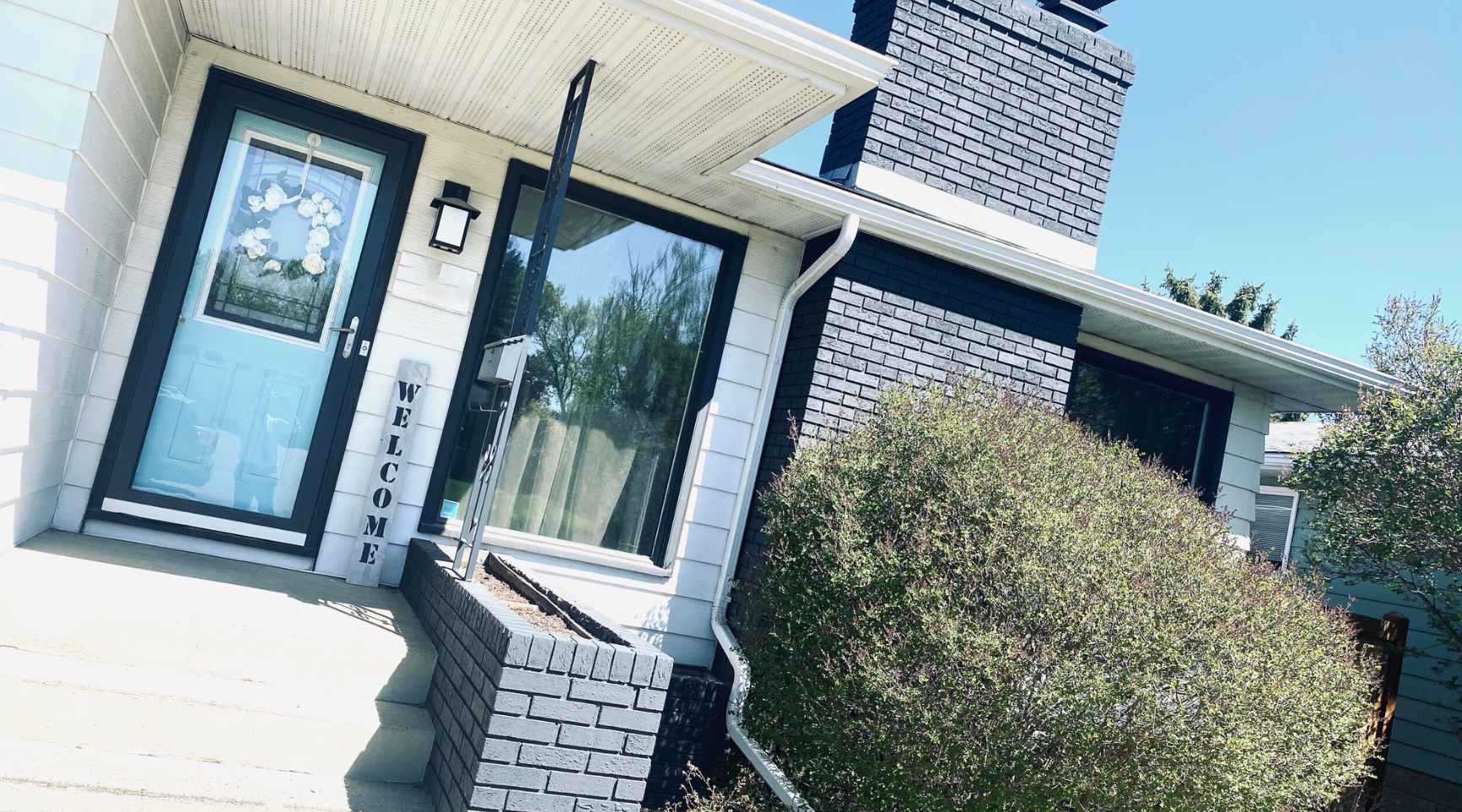
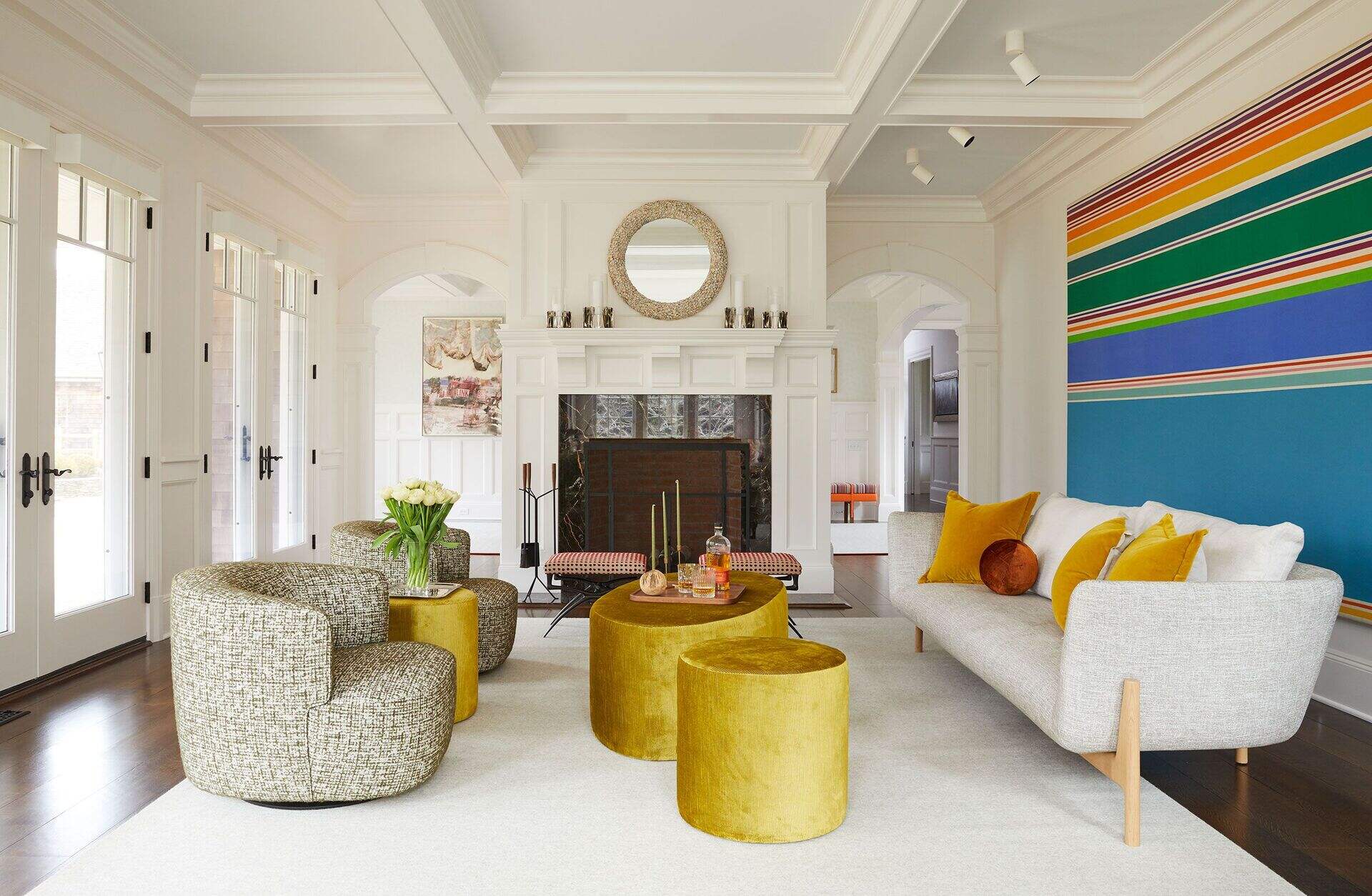
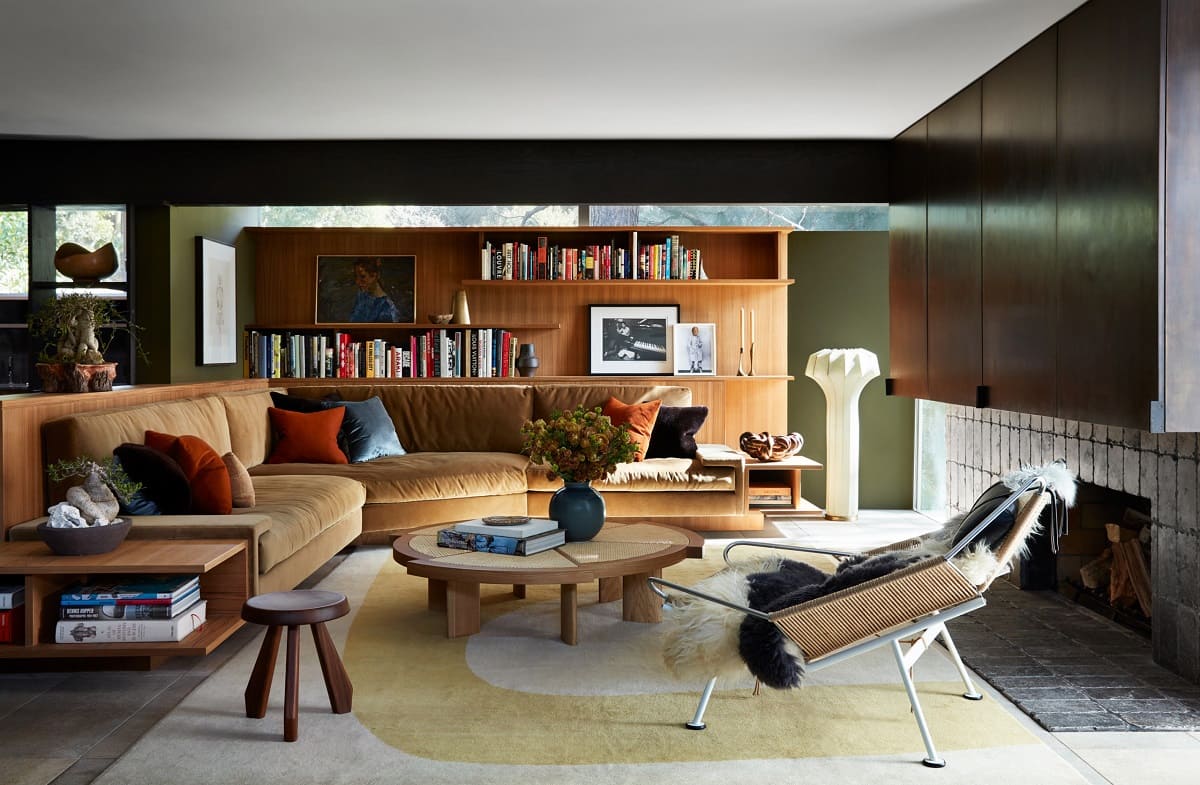
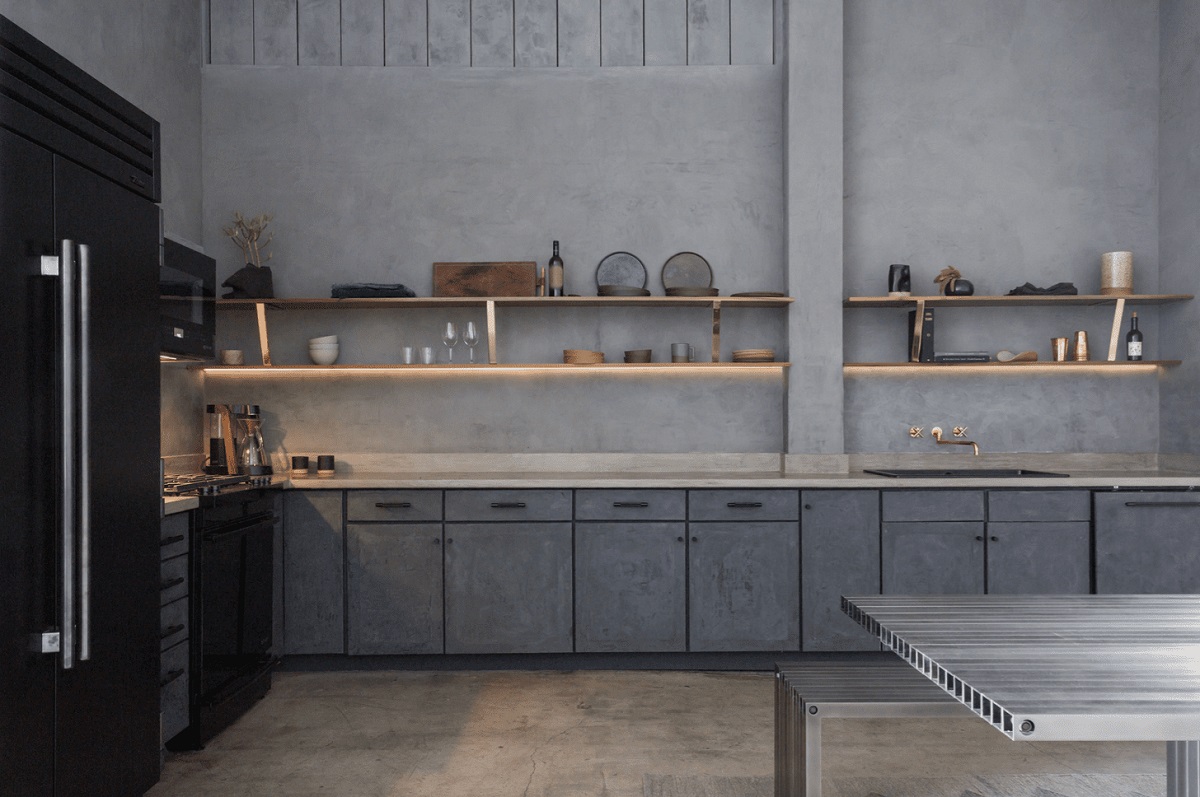
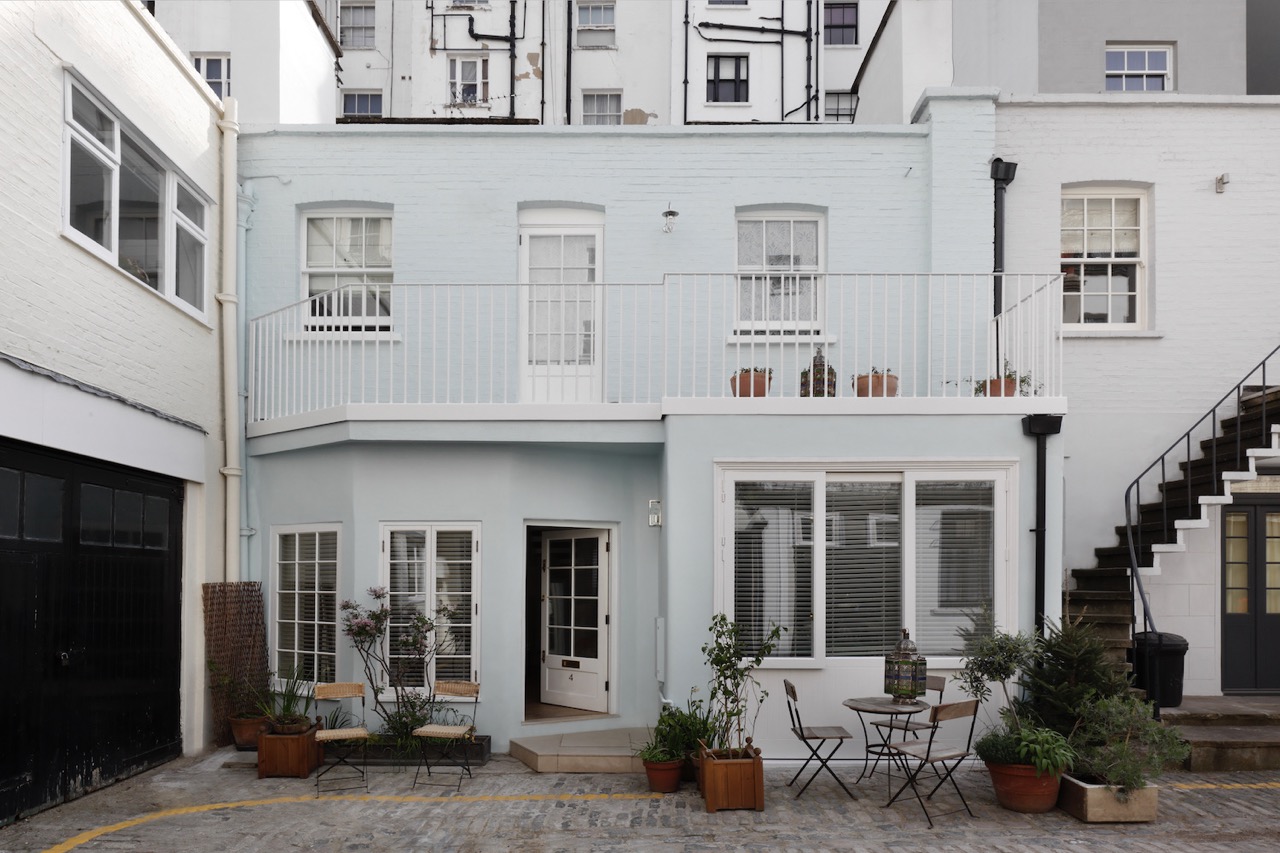


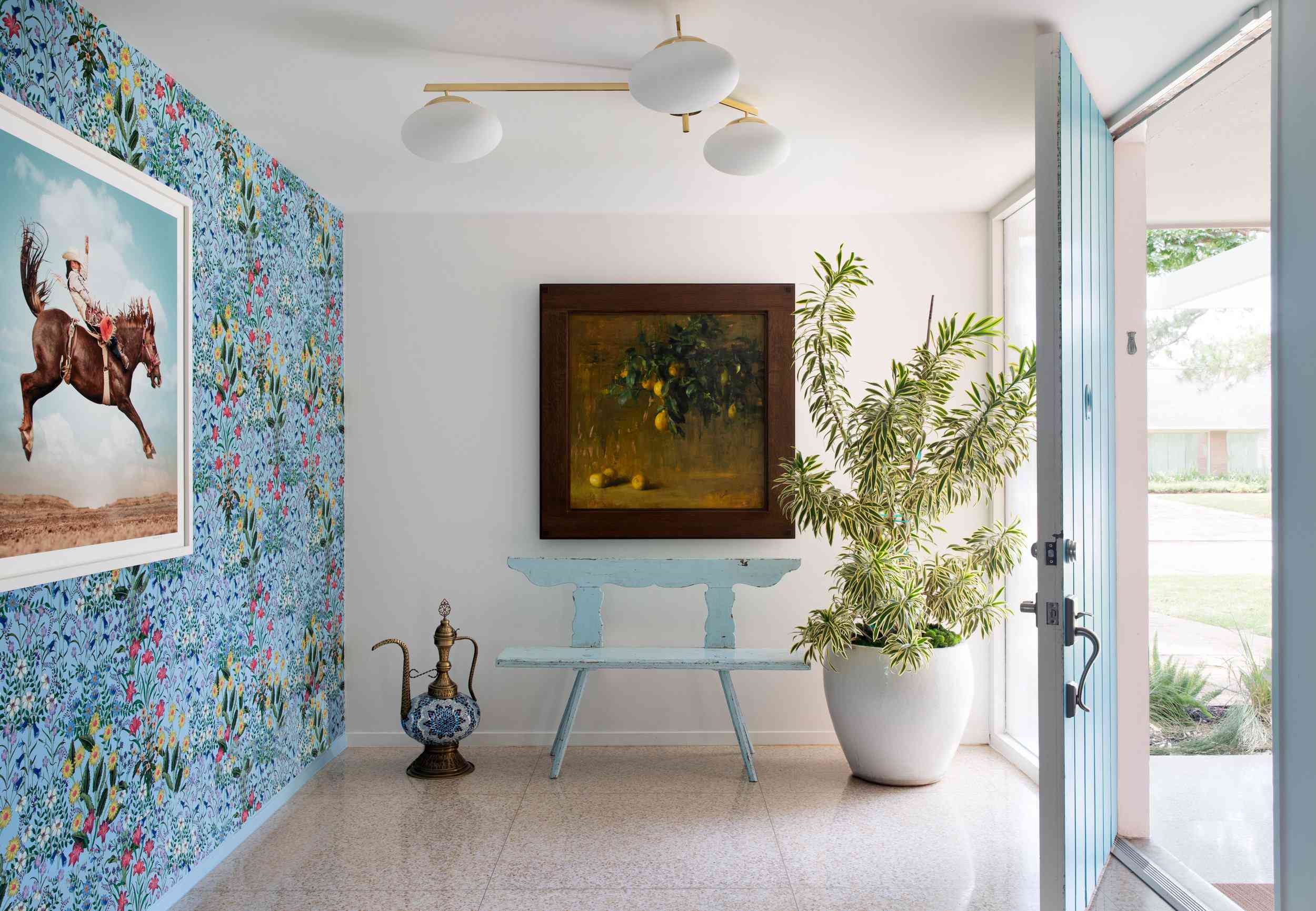

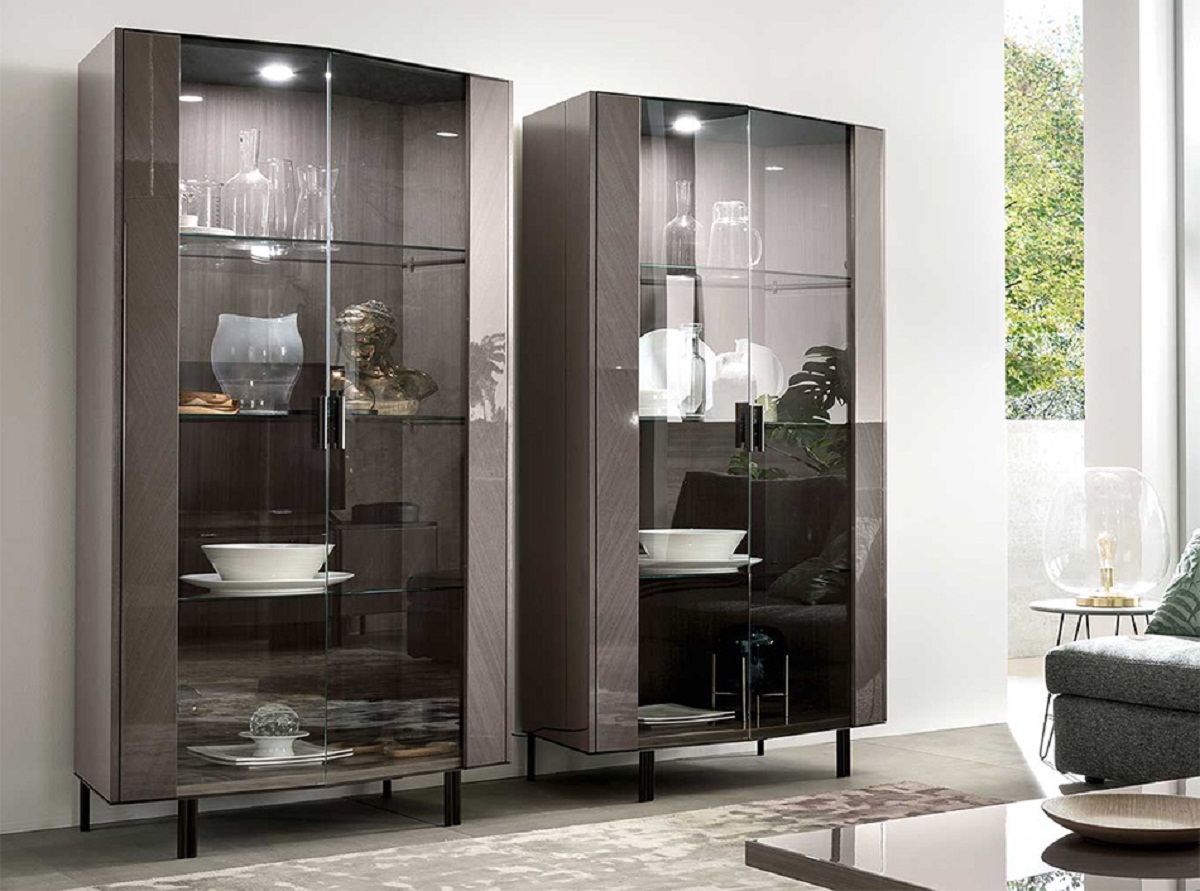
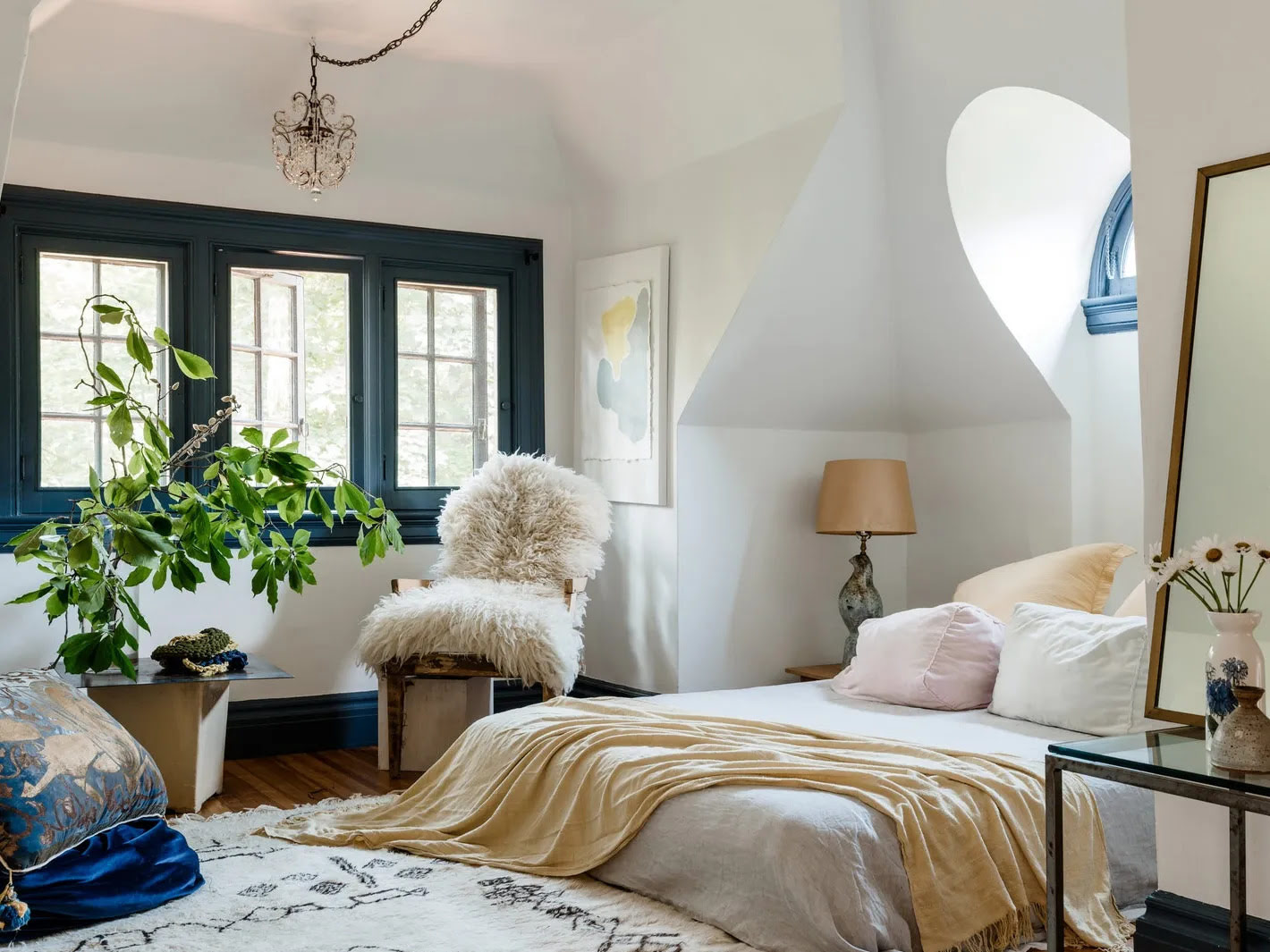
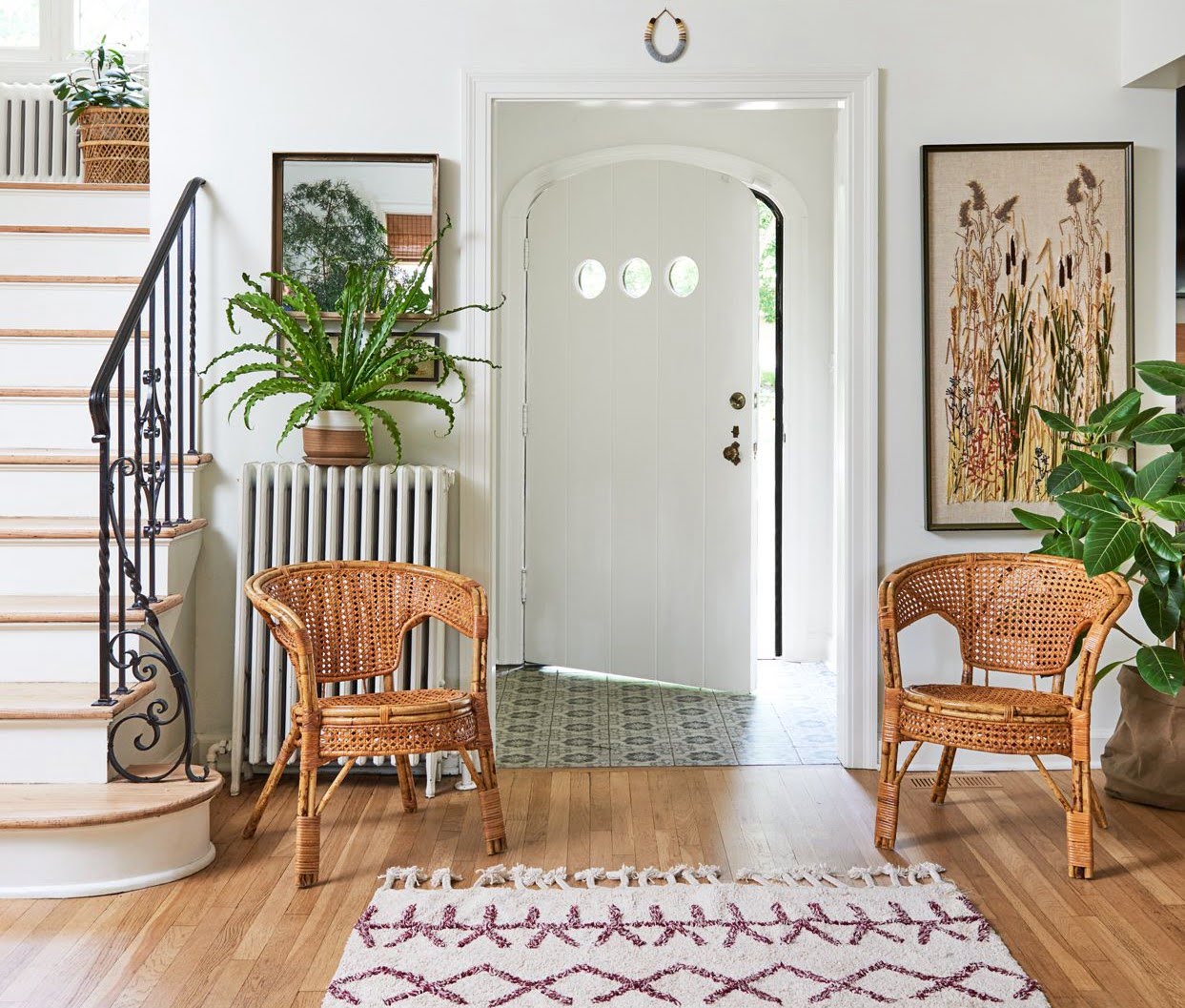
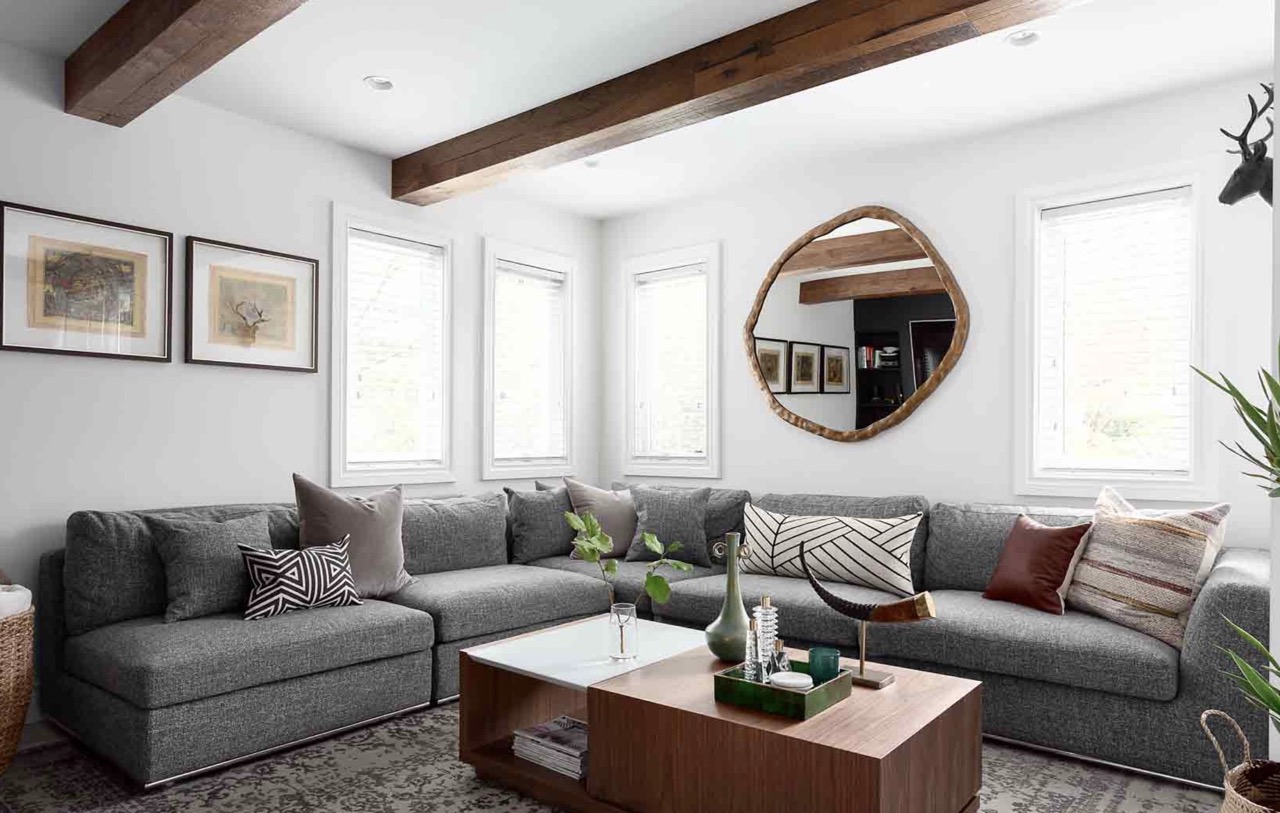

0 thoughts on “How To Design A Modern House”